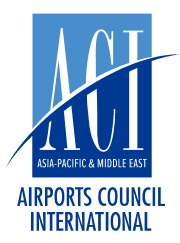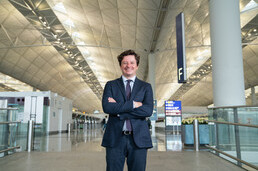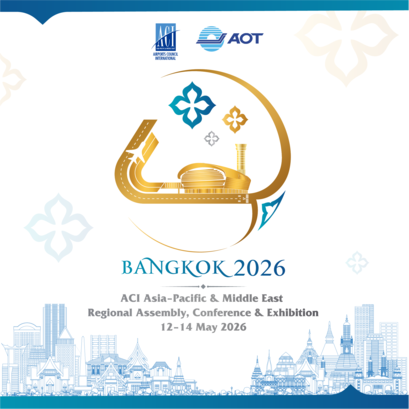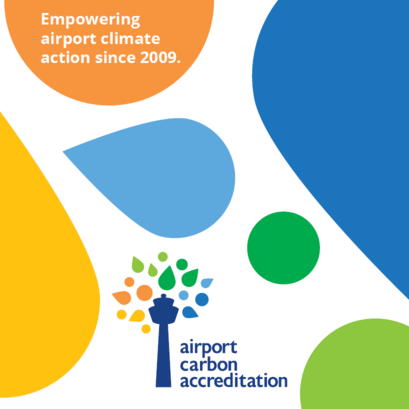View From The Top: Adapting a Fresh Approach is the Key
- 2022-10-24
ACI Asia-Pacific Director General Stefano Baronci reflects on some of the operational, financial and manpower challenges facing the region’s airports and provides an overview on ACI Asia-Pacific’s latest advocacy efforts.
A sense of normalcy seems to have been restored to the aviation sector in the last few months following the withdrawal of health measures and inbound travel restrictions in most of AsiaPacific and Middle East, enabling the industry to switch from crisis mode to recovery mode.
The consistent improvement in passenger volumes across the globe is a positive indication of a sustained recovery of the industry following prolonged efforts towards rebuilding passenger confidence in air travel.
Our recent Airport Industry Outlook for the quarter, ending June 2022, indicates that the sector in Asia-Pacific and the Middle East is gradually moving towards clear skies. At this point, the recovery in the region is largelybeing powered by pent-up demand, particularly for leisure travel.
FACING TURBULENCE
However, despite encouraging trends, the industry is still navigating through strong headwinds, including geopolitical instability in eastern Europe and its subsequent impact on global macro-economics, including high inflation, rising energy prices and disruption to supply chains.
In addition, Asia-Pacific includes some of the most restrictive markets in the world, where compulsory quarantine, travel restrictions, complicated administrative processes, and inbound limitations continue to negatively impact international travel.
As a result of these factors, Asia-Pacific is estimated to lose its dominating position as the world’s biggest air passenger market for 2022. The region is estimated to finish second, behind Europe in terms of passenger share, and at a comparable level with North America.
This is because the latest ACI Asia-Pacific forecast indicates that by the end of 2022, passenger traffic in Asia-Pacific (excluding the Middle East) will still only be at around 55% of pre-pandemic levels. This is in stark contrast to other regions where recovery is substantially higher, and indeed estimated to be approximately between 80% and 90% depending on the region.

(Source: ACI Asia-Pacific forecast)
FINANCIAL STRESS
In spite of an improving trend, airport financial margins also remain significantly below pre-pandemic levels and are not economically sustainable. Director general, Stefano Baronci, reflects on some of the operational, financial and manpower challenges facing the region’s airports and provides an overview on ACI Asia-Pacific’s latest advocacy efforts.
ACI Asia-Pacific has been advocating for flexible regulatory policies, innovative procedures, greater efficiency as part of its long-term approach to help airports make a sustainable recovery.
MANPOWER CHALLENGES
As the industry recuperates from the damages caused by the pandemic, the aviation industry is facing a serious shortage of human resources. Due to the manpower shortage, many airlines had to cancel or delay flights, causing airport operations to be paralysed.
Airports have been taking the blame for the manpower shortage, but it is essential to note that crisis is spread heavily across other constituents of aviation industry, including the airlines, government agencies, ground handling operators and security.
This means that even though most airports have efficiently managed their resources, the shortage of staff across aviation’s ecosystem has affected, and continues to affect, the entire industry.
Compared to Europe and other parts of the world, the manpower shortage at airports in Asia-Pacific and the Middle East has been less severe and disruptive. This was mainly due to two concurrent factors – the long-term vision of several airports to retain their staff despite the challenging time; and to the moderate recovery of traffic compared to other regions in the world.
Asia-Pacific is estimated to have the slowest recovery, reaching only 55% of 2019 levels by the end of 2022. This is giving our airports and other aviation stakeholders in Asia-Pacific and the Middle East time to address the challenges, and simultaneously work on introducing digital technologies and reskilling and upskilling staff.
When traffic recovers to pre-COVID levels, our airports will be in a better place to handle the increase in passenger footfall as they have already deployed several measures to improve their workforce.
During the pandemic, the aviation industry lost 2.3 million jobs or 21% of its workforce globally. The Asia-Pacific region lost 19% of direct aviation jobs, but 58% of aviationsupported employment due to the large tourism sectors in the region.
Most airports in our region see the labour shortages as a short-term issue (58%), but 32% see it as a medium term, and 10% as a long-term problem.
After two years of travel restrictions and suppressed demand, air travel is now bouncing back in 2022. ACI World’s latest Advisory Bulletin expects over six billion passengers across the globe in 2022.
The current surge in passenger traffic is boosted by pent-up demand, and this means the demand is ‘peakier’ than normal, concentrated around school and public holidays. Many airports are already operating at capacity in peak periods, even if annual traffic is still somewhat below 2019 levels.
The pace of recovery has made airports in the region accelerate their technological implementation as well as strengthen their workforce to cater to the increased demand.
Airports are working towards enhancing training and staff development for reskilling and upskilling, providing a better career development plan and making airports a more attractive place for long-term career.
ADVOCACY
To facilitate the smooth recovery of the industry, ACI Asia-Pacific continues its advocacy efforts across the region to ensure harmonisation of international travel.
We are pleased to state that our continuous dialogue with national authorities has finally paid off. We welcome the decisions by the Governments of Japan, Hong Kong and Chinese Taipei for taking significant steps to relax COVID-related restrictions on international travel.
This will not only restore freedom of travel but also provide the impetus needed for the recovery of the aviation industry. In Hong Kong, more relaxation in rules are required to revitalise the economy. We also hope to see more positive developments coming from China in the coming days.
Elsewhere, at the ICAO DGCA Conference for Asia-Pacific in Incheon, ACI Asia-Pacific made a strong impression, making several recommendations related to the decarbonisation of airports; the need for responsive and flexible regulatory frameworks; the adoption of One-Stop Security; addressing the manpower crisis at airports; and the need for aviation’s smooth operational recovery from the pandemic as part of our long-term approach to help airports bounce back from COVID.
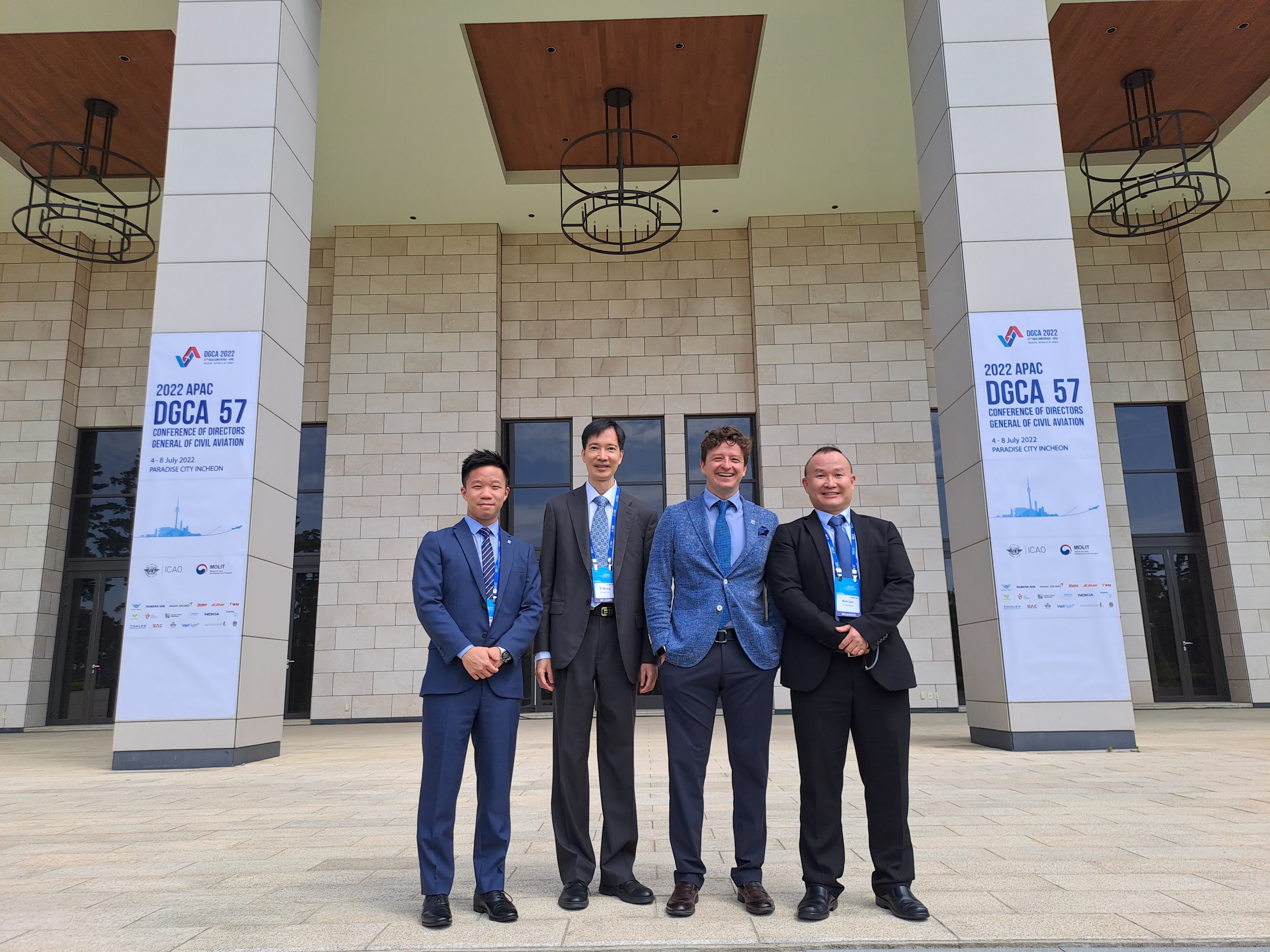
(Image: ACI Asia-Pacific teams assembled at ICAO DGCA Conference in Incheon, Republic of Korea this July)
CONCLUSION
While the industry has faced extraordinary setbacks and unprecedented circumstances, it is very clear that the aviation sector has the opportunity to transform itself.
A lot can be expected in the coming years as airports are determined to continuously improve the passenger experience and introduce innovative solutions.
Adapting a fresh approach is the key. It is essential for airlines, airports and governments to co-operate and lead from the front to keep pace with changing customer expectations.
- CATEGORY
- COUNTRY / AREA
- Hong Kong SAR
- AUTHOR
- ACI Asia-Pacific
